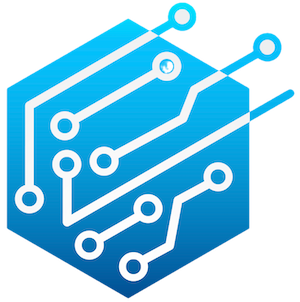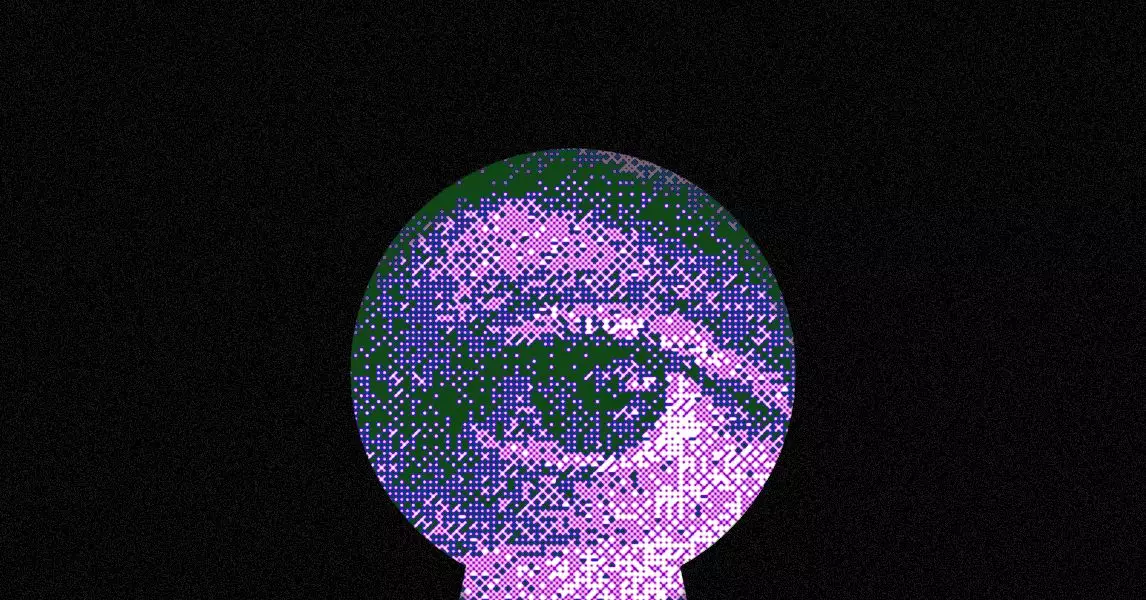In recent years, artificial intelligence (AI) has pivoted from being a speculative tool of the future to a critical player in various industries. The realm of cybersecurity, in particular, stands to benefit immensely from AI’s capabilities. New research conducted by a team at UC Berkeley has unveiled just how proficient AI models have become at identifying software vulnerabilities. The study employed a novel benchmarking tool named CyberGym, which tested a collection of 188 large open-source codebases. The results? A staggering 17 distinct bugs, among which 15 were categorized as “zero-day”—vulnerabilities that had previously remained unexploited or undiscovered. This remarkable achievement speaks volumes about the efficacy of AI in detecting critical coding flaws, drastically altering the cybersecurity landscape.
AI’s Dual Role: Guardian vs. Threat
As much as AI provides a new line of defense in cybersecurity, it also presents a paradox: the same technology that helps locate vulnerabilities is available to those with malicious intent. This duality raises important ethical and practical questions about AI’s deployment in cyber warfare. While Dawn Song, the lead researcher from UC Berkeley, praises this development as “a pivotal moment,” one cannot ignore the implications of AI potentially empowering hackers to exploit the very flaws it identifies. Many experts speculate that as the sophistication of AI tools grows, so too will their capacity to facilitate cybercrime. The very mechanisms that protect sensitive systems may, in the wrong hands, become tools for intrusion and sabotage.
The Race for Cybersecurity AI Dominance
Among the players in this rapidly evolving arena, the startup Xbow stands out. Garnering attention with its impressive performance in bug hunting on HackerOne, Xbow recently attracted $75 million in new funding. This financial backing serves as a testament to the tech industry’s belief in the inevitable rise of AI in cybersecurity. The question is not whether AI will play a pivotal role, but rather who will control that power. With corporate giants like OpenAI, Google, and Meta vying for superiority, the stakes are higher than ever. The UC Berkeley research also included smaller open-source models, indicating that innovation isn’t confined to tech behemoths. This democratization of technology poses both a risk and an opportunity for a more robust cybersecurity landscape.
Benchmarking Success in AI Vulnerability Identification
The UC Berkeley team’s methodology was rigorous: they utilized genuine descriptions of existing software vulnerabilities and challenged AI models to either confirm known flaws or unearth new ones through analysis. This experimental approach yielded hundreds of proof-of-concept exploits, cementing AI’s potential in automating vulnerability detection. But while the AI showed impressive results, it revealed significant limitations—particularly in its inability to track down more complex vulnerabilities. These weaknesses suggest that while AI can facilitate the discovery of bugs, it’s not yet a foolproof solution.
The Future of AI in Cyber Operations
As AI models continue to enhance their coding skills coupled with advanced reasoning capabilities, the transformation of the cybersecurity landscape appears inevitable. Nevertheless, this evolution must be approached with caution. Security experts have voiced concerns over issues such as AI malfunctioning or falling prey to adversarial attacks, where code is intentionally crafted to confuse or mislead AI algorithms. This uncertainty emphasizes the dicey balance that must be maintained in developing such powerful tools. Moreover, the ethical considerations surrounding the use of AI in identifying vulnerabilities must be scrutinized to prevent misuse.
The potential for AI in cybersecurity is undeniable, but it raises pressing questions that the industry must grapple with: How will organizations ensure that the technology safeguards rather than endangers their systems? Can the cybersecurity community harness its capabilities while developing effective countermeasures to thwart its misuse? One thing is clear—AI’s role in cybersecurity is set to expand, and how that power is wielded could very well determine the future of digital security.


Leave a Reply